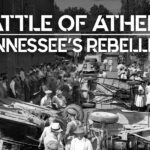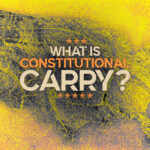
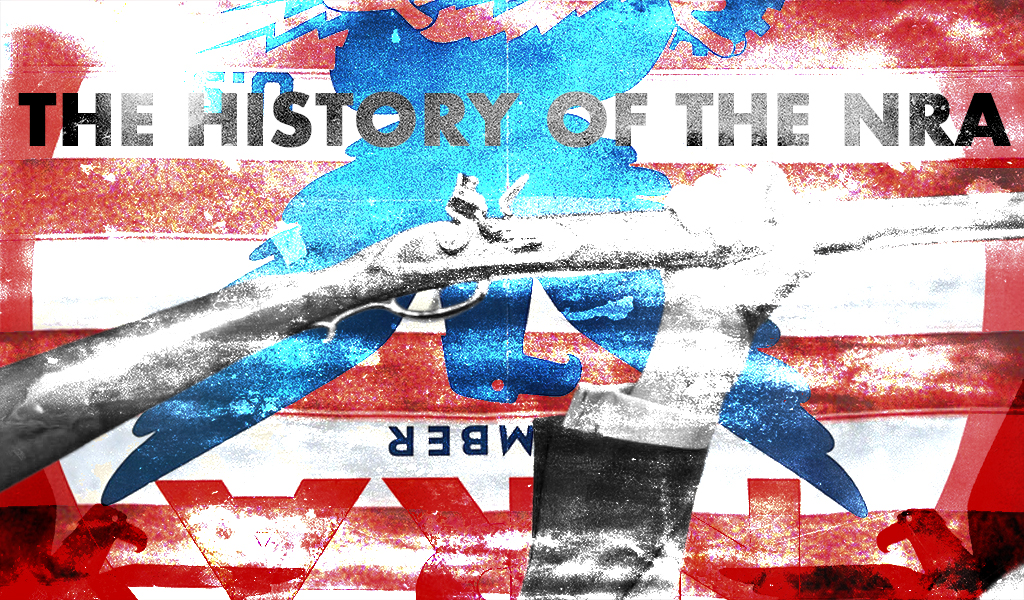
The National Rifle Association (NRA) stands as one of the most influential advocacy organizations operating in the United States. The history of the NRA began in the late 19th century as a marksmanship and firearms safety organization. They later transformed into the leading force of American gun culture and a powerful political force advocating for gun rights.
The organization has dedicated itself to defending the Second Amendment, running extensive training programs, and supporting competitive shooting sports. All the success has also come with some controversy. The organization has faced numerous legal challenges, political conflicts, and internal disputes throughout its existence.
The History of the NRA: Origins and Founding (1871–1900)
The NRA was founded in 1871 by Union Army veterans Colonel William C. Church and General George Wingate. The founders were motivated by their observations during the American Civil War that many soldiers lacked basic marksmanship skills. They believed that better firearms training would benefit both the military and the civilian population.
- Incorporation: The NRA was officially chartered in New York on November 17, 1871.
- First President: Civil War hero Ambrose Burnside served as the organization’s first president.
- Early Facilities: In 1872, the group established its first shooting range, Creedmoor, on Long Island, with partial funding from the state of New York.
Initially, the NRA was focused almost exclusively on marksmanship, hosting competitions and encouraging civilians to develop rifle skills in a structured, disciplined environment. It had no political lobbying arm at this stage.
Shooting Programs Expansion (1900–1940)
In the early 20th century, the NRA expanded its programs and began to formalize shooting sports in the U.S.
- National Matches: Starting in 1903, the NRA partnered with the U.S. military to organize the National Matches, large-scale shooting competitions that also served as military preparedness exercises.
- Junior Rifle Corps: In 1903, the NRA also launched a junior program to teach firearms safety and marksmanship to young people.
- Range Development: The NRA helped establish shooting ranges nationwide, promoting recreational and competitive shooting at the local level.
While still largely apolitical, the NRA occasionally supported laws that it deemed reasonable safety measures. For example, it assisted in drafting parts of the 1934 National Firearms Act and the 1938 Federal Firearms Act, which regulated certain weapons and required licensing for dealers.
The History of the NRA: Post-War Growth & Civilian Outreach (1940s–1960s)
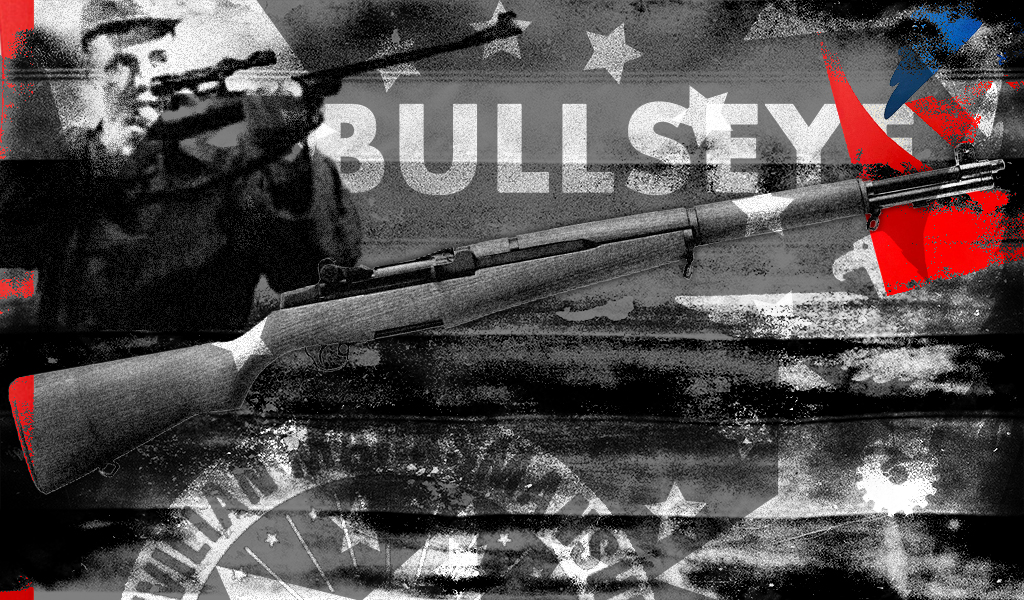
The NRA helped operate the popular CMP (Civilian Marksman Program) in partnership with the U.S. government.
The NRA experienced rapid membership growth, accompanied by new program development, following World War II. The NRA used the firearm skills of returning veterans to establish training programs, competitions, and hunting education initiatives. Key programs from this era include:
- Hunter Safety Courses emerged during the 1940s and 1950s to teach students about ethical hunting methods, game regulations, and proper firearm handling and management.
- The Civilian Marksmanship Program (CMP) operated under a partnership with the U.S. government to promote civilian marksmanship as a national defense requirement.
- With Law Enforcement Training, the NRA started offering firearms instruction to police departments, which continues as an ongoing program.
The NRA maintained a practical approach to gun laws during this period. The organization supported specific regulations while opposing excessive gun control measures. The political environment transformed while activists began developing the NRA into a more active organization.
The 1970s: The “Cincinnati Revolt” & Political Realignment
The NRA experienced its defining moment during the 1977 annual meeting in Cincinnati, Ohio, which historians call the “Cincinnati Revolt.” The NRA leadership intended to move the organization to Colorado while shifting its focus toward recreational shooting and decreasing political involvement.
Harlon Carter and Neal Knox, together with other reform-oriented members, fought against the planned organizational direction. The group successfully took control of the board of directors through grassroots efforts to redirect the NRA toward strong Second Amendment protection.
Key outcomes of the Cincinnati Revolt:
- Creation of the Institute for Legislative Action (ILA): This became the NRA’s official lobbying and political arm.
- Increased Political Spending: The NRA began contributing heavily to candidates and mobilizing its membership for elections.
- Shift in Messaging: The NRA increasingly framed gun ownership as a fundamental constitutional right rather than a recreational activity.
The History of the NRA in the Political Arena (1980s–1990s)
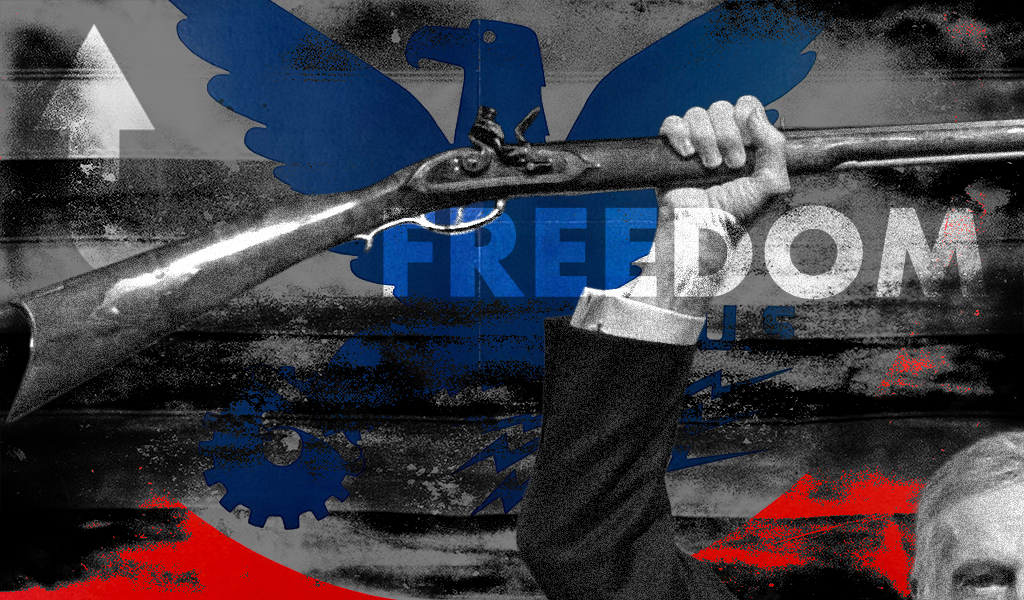
From My Cold, Dead Hands: Actor Charleston Heston served as the ceremonial NRA president from 1998-2003.
The NRA evolved into a forceful lobbying group after its political transformation. The organization became the focus of political candidates who wanted its endorsement, particularly among Republican candidates. Notable political milestones:
- The NRA backed the Firearm Owners Protection Act of 1986, which removed certain gun restrictions from previous laws while expanding gun owner protections.
- The NRA actively opposed the Brady Bill when it was introduced in 1993 because it required federal background checks and waiting periods for handgun purchases.
- The NRA vigorously fought against the 1994 Federal Assault Weapons Ban because they believed it unfairly targeted responsible gun owners instead of focusing on criminals.
The NRA used its publications, American Rifleman and American Hunter, along with national conventions, to build support during this period.
Civilian Programs & Public Education in the History of the NRA
Even as its political influence grew, the NRA maintained—and expanded—its civilian programs. Some of the most significant include:
- Eddie Eagle GunSafe® Program: Launched in 1988, this safety initiative teaches children what to do if they encounter a firearm (“Stop! Don’t Touch. Run Away. Tell a Grown-up.”).
- NRA Women’s Programs: Focused on self-defense, hunting, and competitive shooting opportunities for women.
- Refuse To Be A Victim®: A crime prevention seminar program aimed at improving personal safety awareness.
- Competitive Shooting: The NRA sanctions thousands of matches annually in disciplines ranging from smallbore rifle to high-power competition.
These programs helped the NRA maintain its image as more than just a political lobby, as it positioned itself as a comprehensive firearms education and training organization.
The 2000s: Influence & Polarization
The NRA achieved its highest level of political influence during the 2000s, but simultaneously faced growing societal divisions over its position in America.
- The NRA actively worked to get George W. Bush elected as President in the 2000 election.
- The NRA backed the Supreme Court victory in District of Columbia v. Heller (2008), which established the constitutional right for individuals to own firearms without militia membership.
- The Supreme Court decided in McDonald v. Chicago (2010) that it used Heller’s ruling to apply to state and local laws through NRA participation.
The NRA established itself as a conservative organization during this time, while gun rights activism became deeply connected to partisan political divisions.
Controversies & Criticism
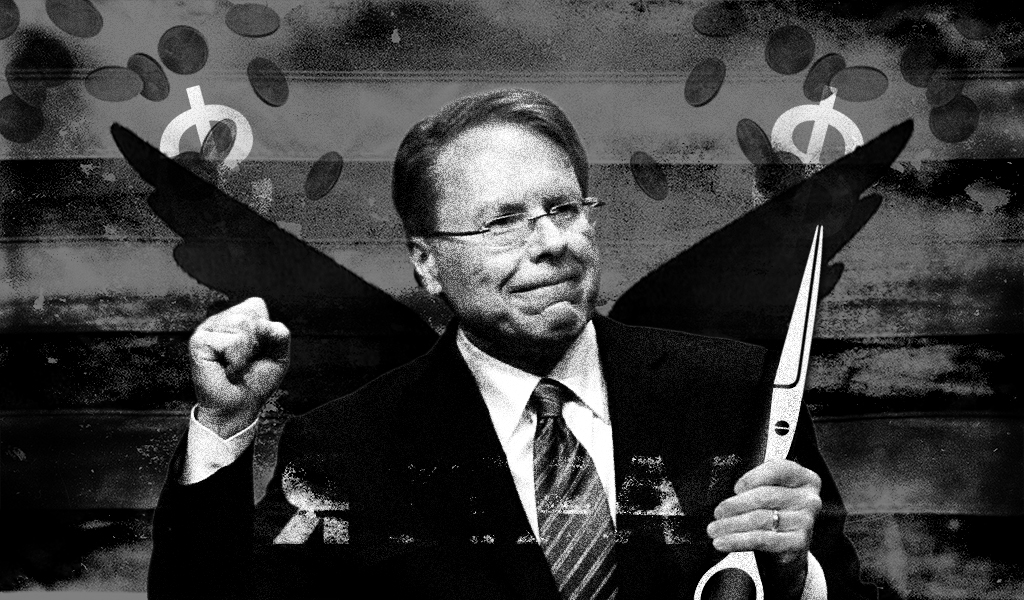
Success often comes with controversy. The organization saw membership numbers drop under the former CEO, Wayne LaPierre.
The NRA has encountered various political and internal controversies. These include:
- The NRA has received extensive criticism from the public after the Columbine (1999), Sandy Hook (2012), and Parkland (2018) school shootings. It faces criticism from its opponents, who believe it blocks meaningful reforms. Yet its supporters defend its role in protecting constitutional rights during intense public emotional responses.
- Financial Mismanagement Allegations: In 2019, reports emerged of questionable spending by top executives, including NRA CEO Wayne LaPierre. The New York Attorney General filed a lawsuit to dissolve the organization, alleging that it had violated nonprofit laws. The case is ongoing at the time of publishing.
- Russian Influence Allegations: The NRA faced investigation in the late 2010s because of suspected connections between its members and Russian operatives who wanted to shape U.S. political decisions. The NRA has denied these claims.
- Leadership Crises: The organization has experienced internal power struggles, including public disagreements between board members and leadership departures. It’s also faced legal battles that have revealed deep organizational divisions over recent years.
Modern Developments (2020s)
The 2020s have been turbulent for the NRA:
- Bankruptcy Filing: In 2021, the NRA filed for bankruptcy in an unsuccessful attempt to restructure and move its incorporation from New York to Texas.
- Declining Membership: Membership numbers have reportedly fallen from a peak of over five million.
- Legal Challenges: The New York Attorney General’s lawsuit continues, alongside other civil cases.
- Political Climate: While still influential, the NRA now competes with newer gun rights groups that sometimes take even harder-line positions.
Accomplishments & Legacy
The NRA has achieved significant accomplishments in firearms training, safety, and advocacy despite ongoing controversies:
- Millions of Americans have finished NRA-certified gun safety training programs.
- The NRA has had multiple successes through its advocacy work by supporting expanded concealed carry laws, fighting federal gun bans, and establishing legal protections for gun manufacturers.
- The organization has played a significant role in shaping American gun culture by promoting firearm ownership among the country’s citizens.
- The NRA has established legal precedents through its cases, including Heller and McDonald, which now define modern Second Amendment law.
National Rifle Association Legacy
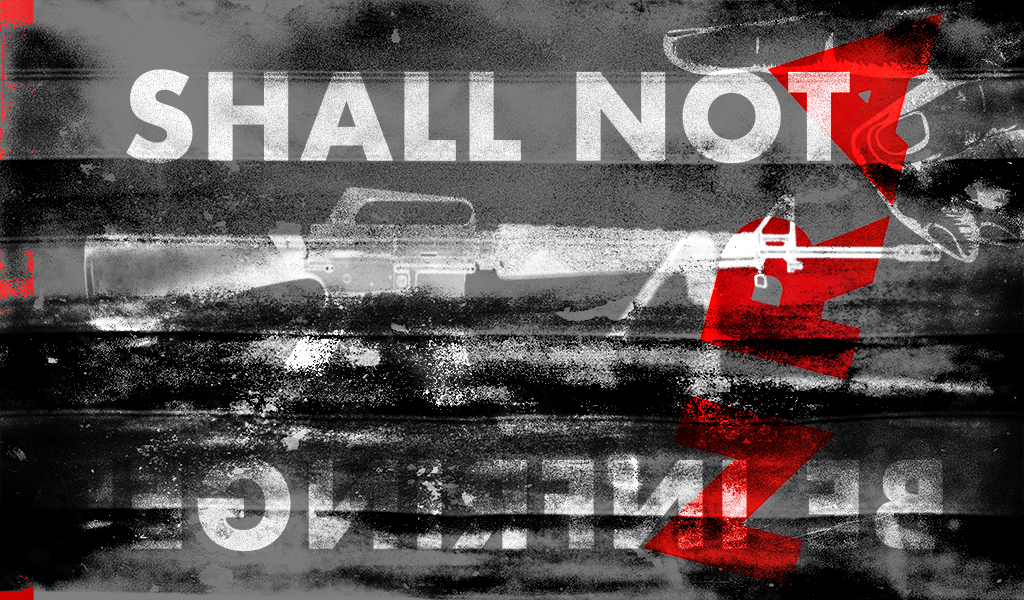
From humble beginnings as a marksmanship organization to a political powerhouse defending the Second Amendment, the NRA legacy lives on.
The National Rifle Association evolved from its origins as a tiny marksmanship club during the 19th century into one of America’s most influential advocacy groups. The organization has trained millions of people about safe firearm handling while developing shooting sports and achieving substantial political power.
It has received ongoing criticism because of its political positions, leadership controversies, and its opposition to specific gun control regulations. Still, the NRA maintains an unchallengeable position in American society regardless of whether people view it as a protector of constitutional rights or an obstacle to change.
The history of the NRA mirrors the national debate about firearms rights and safety, which has become increasingly divisive in the United States.


